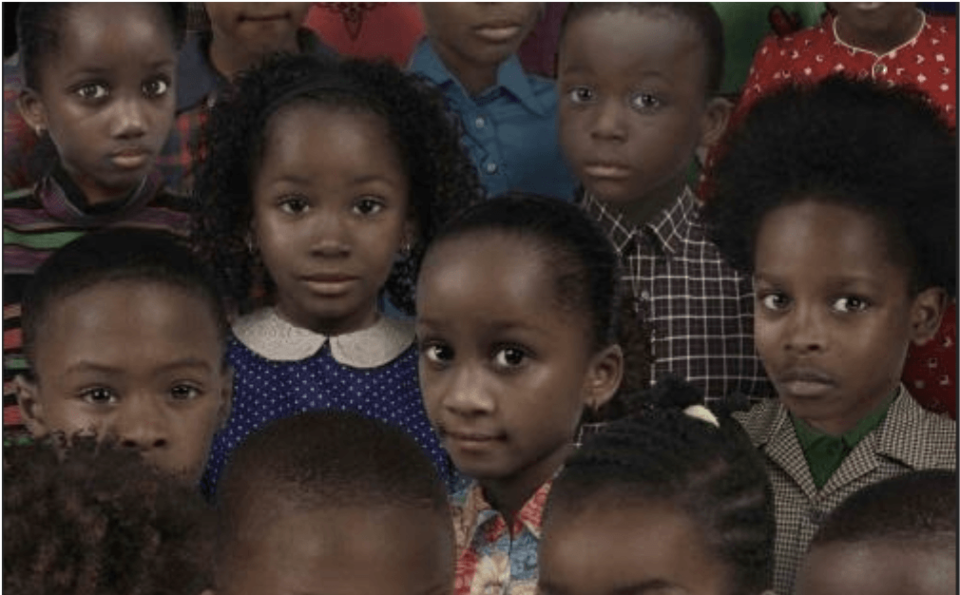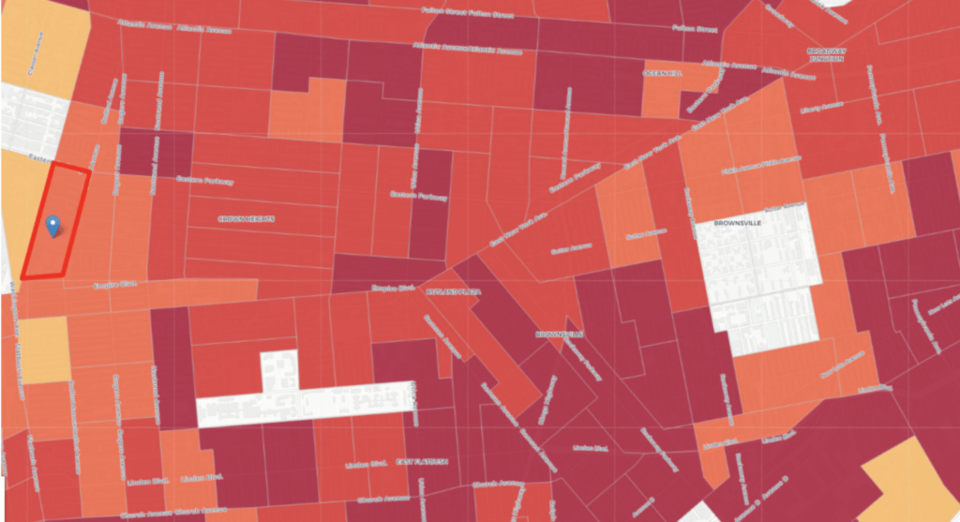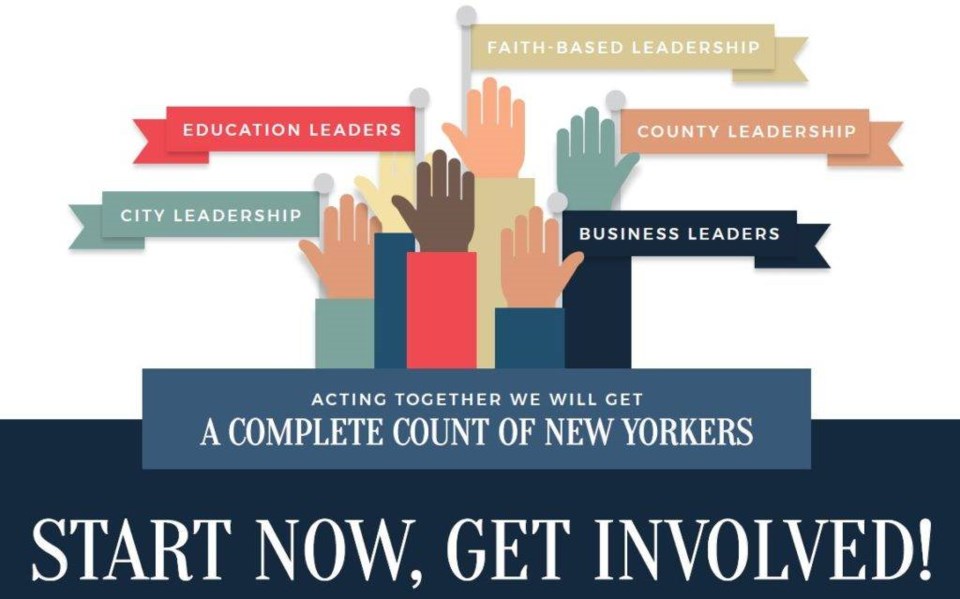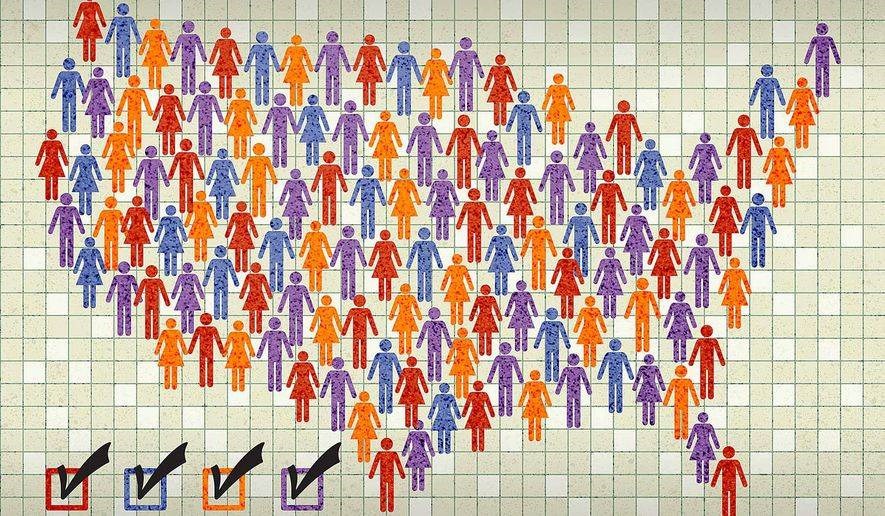Dear Brooklyn Readers,
Only in America is it viewed as normal for adjacent communities to exist within blocks of each other while living entirely different economic realities.
Brooklyn is a perfect example of this. Compare Williamsburg to Bushwick or Fort Greene to Bed-Stuy.
But Brooklyn is far from unique in this way. There are literally hundreds of counties across the United States of America with checkerboard communities, whereby an upper east side neighborhood will have exemplary schools, excellent hospitals, plenty of supermarkets and pristine roads while the schools, infrastructure, sanitation and food sources of the community on the west side might resemble a town in Third World country.
A large part of this has to do, as you know, with a district's overall tax base-- the total amount of resident assets or income that can be taxed and then re-appropriated into the community's development. However, a community's tax base represents only one side of the story. Another very big reason for these sort of disparities is tied to something few of us think about except every ten years-- the U.S. Census.
As soon as I was old enough to take the census at age 18, I remember viewing it as a way for the government to track me and "get all up in my business."
Now, I know better. (The real tracking device is actually your smartphone). The Census exists to take a snapshot of the country's population and demographic, answering for the federal government essentially three questions:
- Who lives where?
- How many of them live there? And
- What are their needs?
Why do they need to know this? Well, the answers to those three little questions ultimately determine how the government will distributes nearly $800 billion annually across the 50 North American states for the next ten years. This includes money for teachers, schools, crossing guards, nurses, doctors, health benefits, hospitals, buses, trains, roads, food, affordable housing and much much more.
 So, if your community is not fully counted, it won't get its fair share of these resources! The $80 billion will be distributed. But it will go to those communities that made it their business to be counted!
So, if your community is not fully counted, it won't get its fair share of these resources! The $80 billion will be distributed. But it will go to those communities that made it their business to be counted!
The truth is, many communities of African descent are considered by Census officials to be historically "hard to count" communities, meaning a large number of its residents are not taking the Census and are not being counted. In other words, if the government gets back a report that says there are 1,000 kids in Brownsville when there are actually 7,500, then Brownsville, for the next ten years will have to take the money it received for 1,000 kids and make it stretch across 7,000.
Guess where Kings County stands? It is considered the "hardest to count" in the entire State of New York!
For this reason, the New York City Black Leadership Advisory Coalition for Census 2020 ("NYC BLAC for Census 2020") at the Center for Law and Social Justice at Medgar Evers College, is organizing right now towards a full count of New York City communities of African descent during the 2020 Census.
The aim is to ensure an accurate and complete count across the five boroughs so that all residents in these communities can access our their fair share of resources and political power.
Lurie Daniel-Favors, a community activist and general counsel at The Center for Law and Social Justice at Medgar Evers College, explained how even gentrification can impact the type of funding received when a community fails to be counted properly:

In 2010, only 70% of the highlighted tract's households mailed back their 2010 census questionnaire, and it was difficult to conduct in-person follow up to count the remaining 30.0%. The area East of Medgar Evers College had significantly lower participation in the 2010 census; these tracts were some of the hardest to count in the country.
"If all of the new gentrifiers who are coming into the community who may not have kids are filling out the Census and the ones who do have kids are not," said Daniel-Favors in an exclusive interview with BK Reader, "what's going to happen is that data set is going to say, 'There are a whole lot of 20-somethings in Bed-Stuy without children, so we're going to give increased funding for young, single 20-something folks who have no children.
'Do they need more subways? Do they drive cars? What are their road needs? What are the disability needs?' So the Census truly is a survey to determine who lives where and what they need.'"
This year, there will be a host of events at Medgar Evers College led by NYC BLAC underscoring the huge significance of the Census in Central, East and North Brooklyn.
The organization is looking for community leaders willing to volunteer to set up a tables at their meeting places and spaces to do outreach and ensure a complete count of New York City for 2020! Or interested volunteers can go to www.CLSJ.org/CensusJustice to sign up and get active on a committee.

The upcoming Census form will have digital capability and can be accessed online. So, in 2020, all households will receive a mailing from the Census Bureau with information about how to submit their Census information either online, by phone, or using a paper questionnaire.
Carter G. Woodson once said, "Knowledge is responsibility." So, now you know: Whether you're from the east side or the west side, downtown or uptown, Brownsville or Bushwick, the Census serves as a ten-year commitment to making sure your community receives the funding it deserves!
Now run tell your grandparents, your college students, your momma, your brother and your sister too! Stand up and be counted. Your life for the next ten years depends on it!
Sincerely and With Love,
C. Zawadi Morris, Publisher, BK Reader




